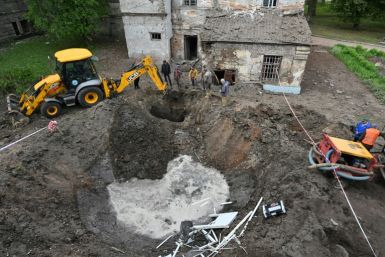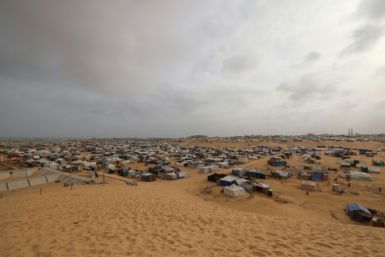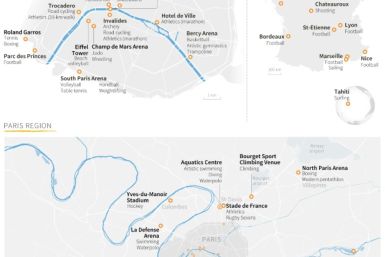Australia hits close to $3B trade surplus
7-Month High
Australia's mining boom strengthened the country's trade surplus that has hit a seven-month high to A$2.33 billion ($2.5 billion), from a revised A$1.62 billion surplus in April, the Bureau of Statistics said in a report in Sydney on Tuesday.
This would give the further boost to the nation clobbered by the worst performance in a quarter due to natural disasters.
The country's mining industry had so far allowed the trade surplus to widen as global iron ore demand continue to hit new highs.
Andrew McManus, an analyst at Australia & New Zealand Banking Group Ltd. in Sydney, wrote before today's report: The widening of the trade surplus is "largely due to an increase in iron-ore exports," "Meanwhile, ports data suggest that coal exports continued to be affected by flooded mines in May. It now seems that coal exports will not provide the significant rebound to second-quarter GDP."
Nevertheless, the good numbers did not push the Aussie dollar higher. Investors are waiting at the sidelines for this afternoon's rate decision by the Reserve Bank of Australia.
Analysts are forecasting a further pause by the Australia central bank to consider the sparse retail earnings due to subdued consumer demand.
The Australian dollar maintained earlier losses the report. The currency traded at $1.0708 as of 11:32 a.m. in Sydney, from $1.0715 before the report and $1.0734 yesterday in
Reserve Bank of Australia Governor Glenn Stevens has paused raising benchmark cash rates at 4.75 percent for the past six meetings to help the economy recover from natural disasters at home and abroad.
Australia's gross domestic product shrank in the first quarter by the most in 20 years as floods and a cyclone in Queensland curbed manufacturing and delayed livery of goods domestically and abroad.






